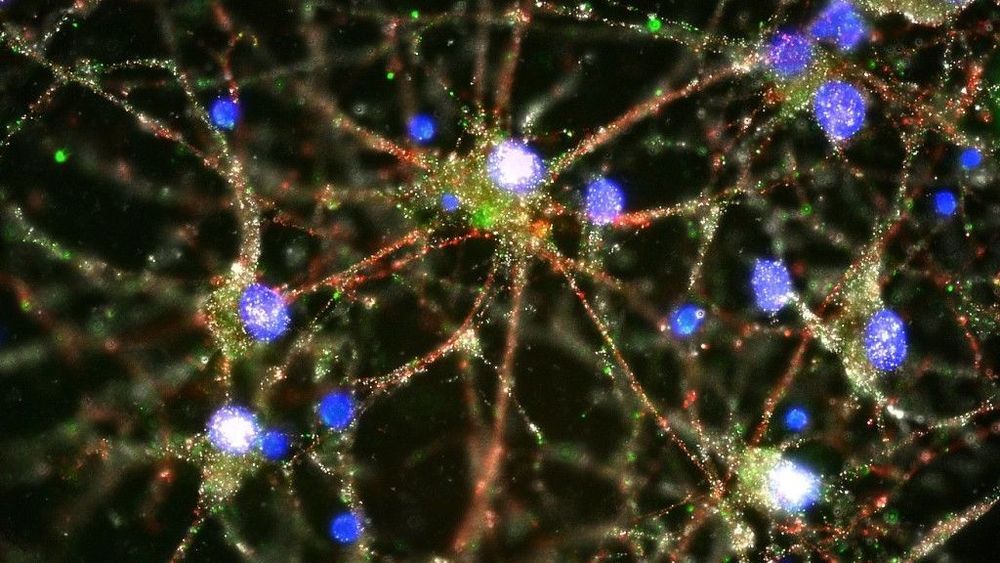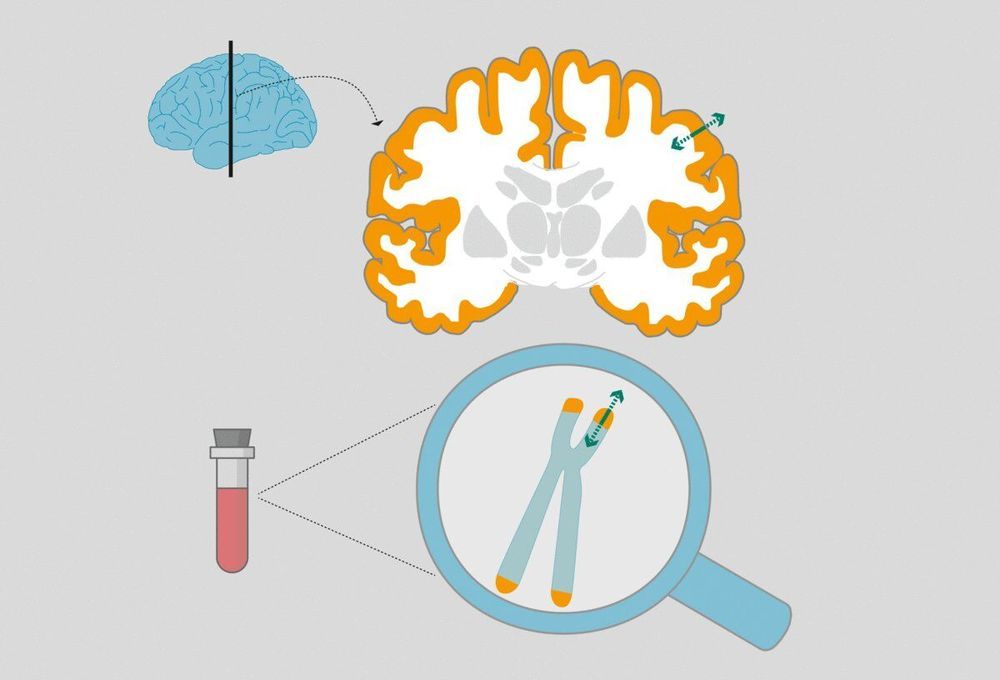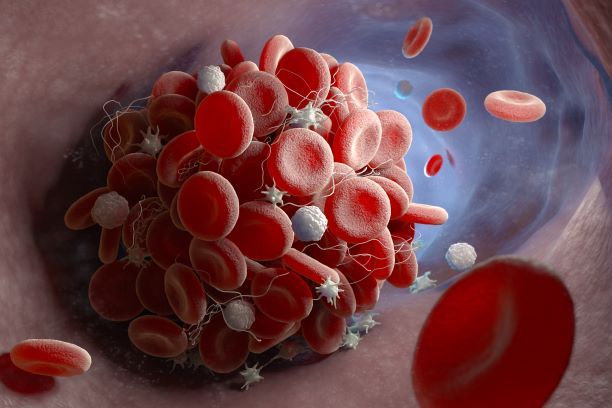O.o.
Schizophrenia may be caused by a gene that turns the immune system on overdrive, according to a surprising finding hailed by outside scientists.

THE MIND, EXPLAINED takes a five-episode deep dive into how our brains handle memory, anxiety, psychedelics and dreams. Narrated by Emma Stone.
After nearly a year of labor behind the scenes, we have an announcement for you: Explained is finally back! And during this year, we’ve turned our attention to a crucial question: Why can’t we remember what is in the fridge?
Or more importantly, why can’t we remember most of the details of our own lives? Why do an estimated 1 in 3 people suffer from an anxiety disorder at some point? And why, when we go to bed at night, are we overcome with strange visions? Do our dreams actually mean anything, or serve any purpose?
Our minds often feel like a black box. And the stakes of these questions go far beyond the fridge – to our fundamental sense of reality, and what it means to be human. How can we help ourselves, and each other, when our minds betray us? What can we do to take back some control?
Scientists have figured out so much more than you might realize – and today, we’re diving deep, with 5 brand new episodes narrated by Emma Stone taking you on an adventure through the mind, available today.
Our weekly episodes return, as well, on September 26th. They’ll be right here – http://www.netflix.com/explained where Season 1 also awaits any of you who haven’t seen it yet.

Telomeres are the protective caps of our chromosomes and play a central role in the aging process. Shorter telomeres are associated with chronic diseases and high stress levels can contribute to their shortening. A new study now shows that if telomeres change in their length, that change is also reflected in our brain structure. This association was identified by a team of scientists including Lara Puhlmann and Pascal Vrtička from the Max Planck Institute for Cognitive Brain Sciences in Leipzig together with Elissa Epel from the University of California and Tania Singer from the Social Neuroscience Lab in Berlin as part of Singer’s ReSource Project.
Telomeres are protective caps at the ends of chromosomes that become shorter with each cell division. If they become so short that the genes they protect could be damaged, the cell stops dividing and renewing. Consequently, the cell is increasingly unable to perform its functions. This mechanism is one of the ways in which we age.
Telomere length is therefore regarded as a marker for the biological age of a person—in contrast to their chronological age. For two people of the same chronological age, the person with shorter telomeres has an increased risk of developing age-related diseases such as Alzheimer’s or cancer, and even a shorter life expectancy.

By this time, we can all conclude that Facebook is really ambitious when it comes to the production of high-end gadgets. This when you consider the Oculus line of devices, a VR wristband and RayBan AR glasses. And if that wasn’t enough, a new device is up for development.
The company has now revealed plans to build a mind-reading wristband letting people control devices without touching them. This is after the company finally acquired CTRL-Labs, a startup that is currently venturing into brain-computer interfaces. The deal has been reported to value at $1 billion.
The deal was then announced by Andrew Bosworth, Vice President of AR and VR at Facebook. “We spend a lot of time trying to get our technology to do what we want rather than enjoying the people around us,” he said.

Cells that become senescent irrevocably stop dividing under stress, spewing out a mix of inflammatory proteins that lead to chronic inflammation as more and more of the cells accumulate over time. Publishing in the September 24 edition of Cell Reports, researchers at the Buck Institute identified 44 specific senescence-associated proteins that are involved in blood clotting, marking the first time that cellular senescence has been associated with age-related blood clots.
“The incidence of venous thrombosis, which includes deep vein thrombosis and pulmonary embolism is extremely low until the age of 45, when it begins to rise rapidly. Over time it becomes a major risk factor for death. By 80, the condition affects five to six people per thousand individuals,” said Judith Campisi, PhD, Buck professor and senior co-author of the study. “Blood clots are also a serious side effect of chemotherapy, which sets off a cascade of senescence in those undergoing treatment. That’s why blood thinners, which carry their own risks, are often included in treatment protocols.”
Scientists in the Campisi lab and other labs around the world are working to develop senolytics, drugs which would clear senescent cells from the body, potentially providing treatment options for many age-related diseases that are either caused or linked to senescence. They include Alzheimer’s and Parkinson’s diseases, cardiovascular disease, osteoarthritis, macular degeneration, age-related cancers and sarcopenia, among others.

A nanoelectrode array that can simultaneously obtain intracellular recordings from thousands of connected mammalian neurons in vitro.
How our brain cells, or neurons, use electrical signals to communicate and coordinate for higher brain function is one of the biggest questions in all of science.
For decades, researchers have used electrodes to listen in on and record these signals. The patch clamp electrode, an electrode in a thin glass tube, revolutionized neurobiology in the 1970’s with its ability to penetrate a neuron and to record quiet but telltale synaptic signals from inside the cell. But this tool lacks the ability to record a neuronal network; it can measure only about 10 cells in parallel.
Now, researchers from Harvard University have developed an electronic chip that can perform high-sensitivity intracellular recording from thousands of connected neurons simultaneously. This breakthrough allowed them to map synaptic connectivity at an unprecedented level, identifying hundreds of synaptic connections.
The human brain needs a continual supply of fuel. When this continual supply is interrupted brain cells begin to die. In the short-term, this can cause symptoms such as headaches, brain fog, & tiredness. Long-term exposure to environments that deplete sources of brain fuel from effectively getting into the cells leads to neurodegenerative diseases.

A new, non-invasive brain stimulation treatment shows promise in enhancing memories and cognitive function in those with Alzheimer’s disease. Transcranial electromagnetic treatment (TEMT) increases functional connectivity within the cingulate cortex. TEMT is also able to penetrate the brain to break up amyloid-beta and tau deposits, slowing the progression of Alzheimer’s disease.


The first population-level study on the link between gut bacteria and mental health identifies specific gut bacteria linked to depression and provides evidence that a wide range of gut bacteria can produce neuroactive compounds. Jeroen Raes (VIB-KU Leuven) and his team published these results today in the scientific journal Nature Microbiology.[br /][br /].